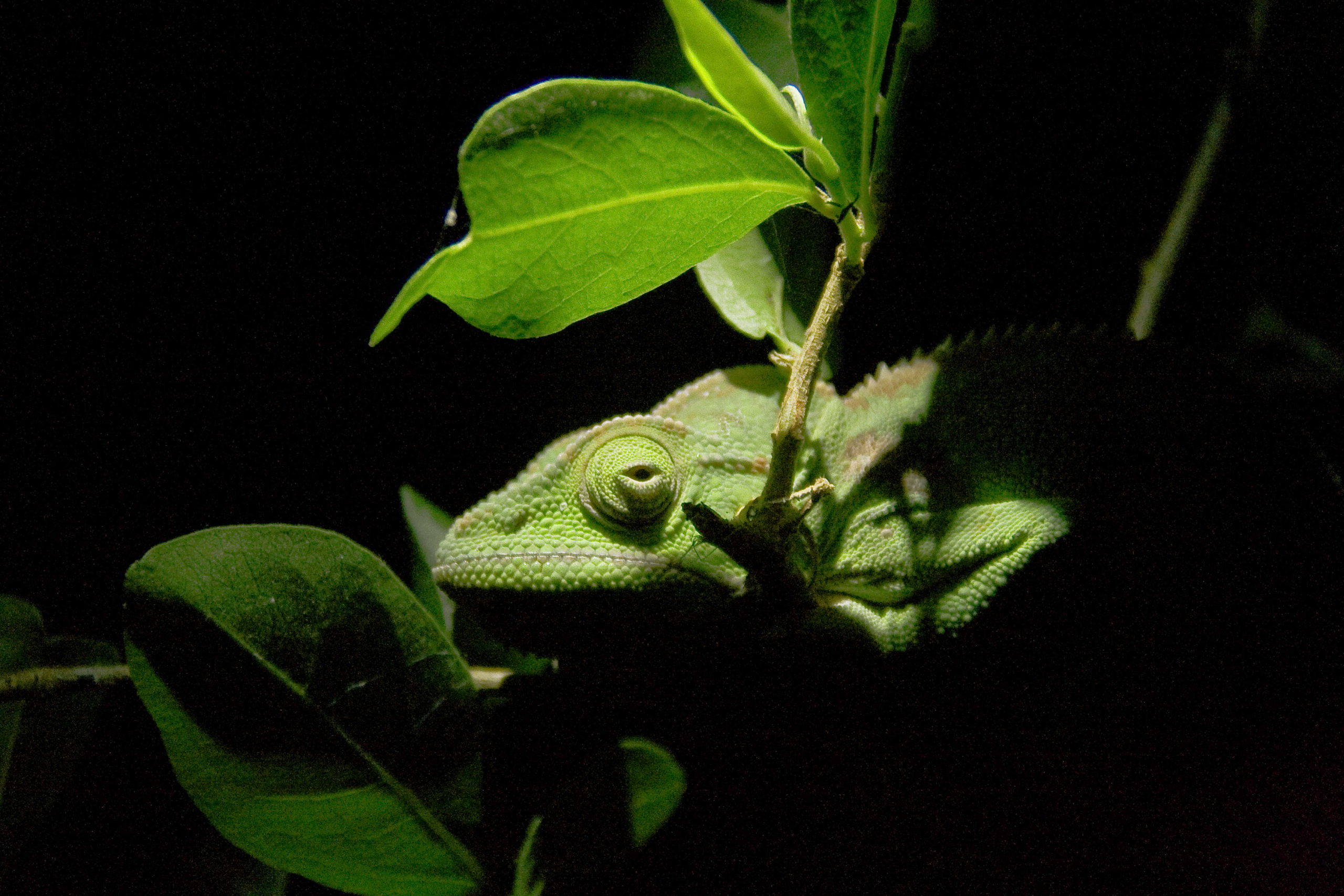Evolutionary researchers have found further evidence supporting the convergent history of anole lizards on the Caribbean’s Greater Antilles Islands. A University of Toronto research team led by Dr. Luke Mahler discovered Anolis landestoyi, a novel anole species in the Dominican Republic. The existence of Anolis landestoyi and its similarity to Chamaeleolis, a Cuban, chameleon-like lizard, extends the pattern of diversification to anole lizards throughout the Caribbean, indicative of an event called adaptive radiation.
Anole lizards on each Caribbean island generally behave and appear similarly to other groups of anoles that live on separate islands in the Greater Antilles. This pattern, known as convergent evolution, stems from the similarity in selective pressures on the anole habitats followed by the similarity in adaptions as a response.
Although they are from unrelated families, the different anole groups on each island are referred to as ‘replicated adaptive radiations’ and possess traits almost identical to their counterparts across the Caribbean Sea.
Around one fifth of the anole lizards discovered are not considered to be radiations, as they possess no known counterpart. “We’ve always regarded these as exceptions to the rule — deviations from a general pattern of replicated adaptive radiation,” Mahler explains.
Prior to the discovery of Anolis landestoyi, the Cuban Chamaeleolis had no counterpart. Chameoleolis, a giant chameleon-like lizard with a particular affinity for forest branches, shares no recent ancestors with Anolis landestoyi. However, Anolis landestoyi immediately shocked Mahler and his team with its striking resemblance to Chamaeleolis.
Anolis landestoyi has optimal limb length for branch walking and well-designed colouration for reclusiveness. It is clearly well adapted for the same kinds of activities as Chamaeleolis and, yet, lives over 850 km away. As the counterpart to Chamaeleolis, Anolis landestoyi extends the charted pattern of radiations of anoles on separate Caribbean islands and provides researchers with the knowledge of the existence of one fewer unpaired anole.
This ‘pairing’ between unfamiliar anole lizards on separate Caribbean islands holds great significance, particularly for evolutionary biologists who follow the anoles’ convergent evolutionary pattern. Anolis landestoyi, paired with Chamaeleolis, is one more example of an anole counterpart that exhibits all the expected characteristics of its habitat, while emulating the traits of its neighbouring counterpart.
“The discovery of this species provides new evidence for replication in this classic system of matched radiations,” Mahler contended, describing the finding as both “unexpected and expected.”
The U of T researchers did not expect to find an entirely new lizard species in their journey to the Caribbean, islands already well traversed by evolutionary biologists, but the outcomes were gratifying. The existence of Anolis landestoyi improves a well-defended argument of this non-random evolutionary pattern within the anole lizard species and, as Mahler said, “provides compelling support for the idea that the evolutionary assembly of entire anole faunas on ecologically similar islands can result in incredibly similar outcomes.”
The discovery of the Anolis landestoyi strengthens the hypothesis of commonality for the anole lizard species, with extensive implications for research in the evolutionary field. “New technologies in sequencing, imaging, genome editing, climate modeling, and more are pushing back our frontiers of biological knowledge at a remarkable pace, but there’s still so much to learn from the careful observation of nature,” said Mahler. “One can do both, of course, and I would argue that we stand to learn the most when we use new tools and approaches to address questions inspired by good old-fashioned natural history.”


